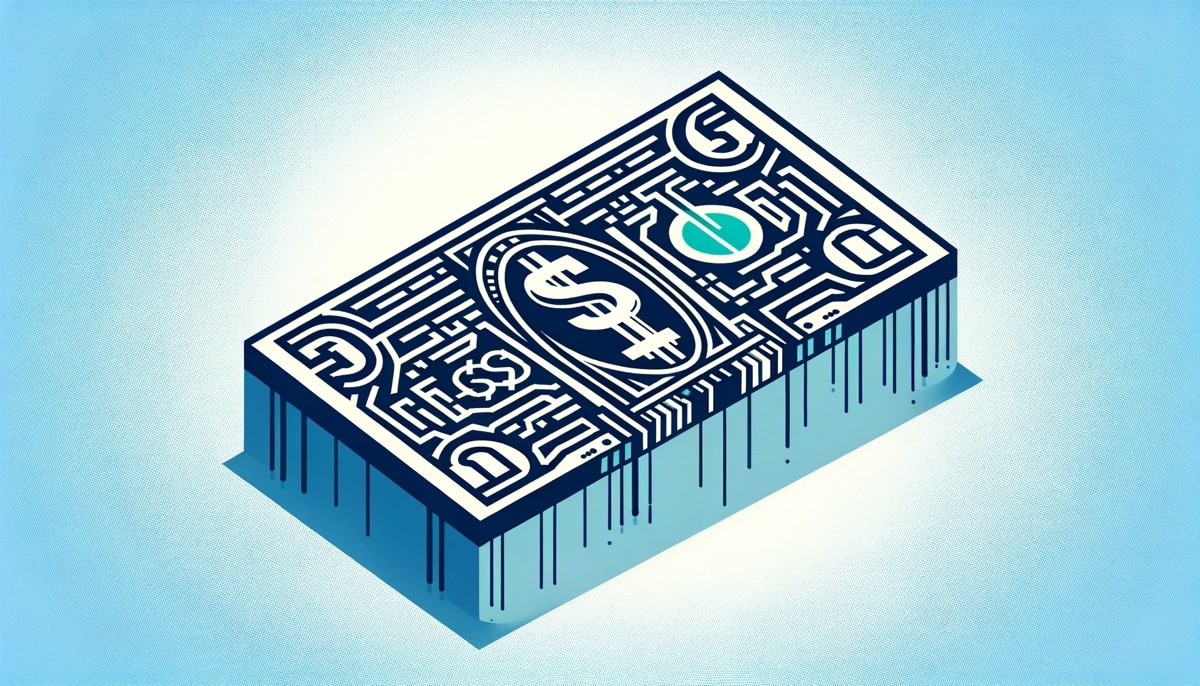KPMG Finds Digital Money Variants to Co-Exist in Market by Use Case

The prevailing sentiment among digital asset stakeholders is that many digital money forms, such as central bank digital currencies (CBDCs), tokenized deposits, and stablecoins, are anticipated to coexist within financial markets over the next ten years, according to KPMG’s recent analysis.
KPMG suggested in a report published Thursday that these digital money forms will exist side-by-side instead of a single dominant option. While their use might overlap, the report predicts users will gravitate toward the most efficient and automated solutions available.
KPMG compiled insights based on discussions and digital asset-focused events that the firm hosted. It offers a well-rounded perspective on current market outlooks for digital currency as it includes TradFi, fintech, and crypto-native firms.
Banks See Potential in CBDCs, But Retail Launch Faces Headwinds
Regarding CBDCs, participants highlighted that widespread testing and pilot programs signal acknowledgment from central banks and governments of a transition toward a tokenized financial system.
According to the World Economic Forum (WEF), central banks worldwide have shown a strong interest in digital currencies. Nearly all, or 98%, are exploring the concept through research, pilots, or even launching their own currencies.
Banks appear enthusiastic about the potential of digital currencies for businesses (wholesale CBDCs), according to KPMG. However, doubts persist regarding a widespread launch for consumers (retail CBDCs) soon. This skepticism arises from a combination of economic and political uncertainties and technical challenges that must be addressed.
Some participants argued that CBDCs lack clear advantages over existing digital options like stablecoins and tokenized deposits. They believe these alternatives might offer similar benefits, making CBDCs somewhat unnecessary.
Faster, Cheaper Cross-Border Payments with Tokenized Deposits
Meanwhile, participants emphasized tokenized deposits as an appealing option for banks. They see them as conducive to experimentation, largely because of their seamless integration with existing regulations. They were optimistic about DLT (Distributed Ledger Technology) significantly improving traditional deposits.
This improvement would likely come through faster and more automated cross-border payments, ultimately leading to lower costs and new opportunities.
Not everyone agreed on the purpose of tokenized deposits. Some questioned whether they’d simply be digital cash or serve a different role, like collateral.
Stablecoins Lead the Charge in Digital Money Evolution
The report pointed to stablecoins as the most promising form of digital money so far, addressing specific needs. While their initial use was observed in speculative crypto trading, participants believe they have long-term value in established areas like cross-border payments.
Many participants saw stablecoins as a way to solve problems in other industries, like enabling instant settlements (T+0) through a combined (atomic) transaction process. However, they cautioned against investing heavily in updating current systems, as a more comprehensive shift to DLT is likely coming soon.
Still, people are worried about how governments would regulate them, how reserves would be managed, and how stablecoins would handle surges in people wanting their money back.
KPMG predicts that in the near future, more banks will offer tokenized deposit solutions and use stablecoins more widely. In the coming years, CBDCs are expected to further fuel the global growth of digital money.








